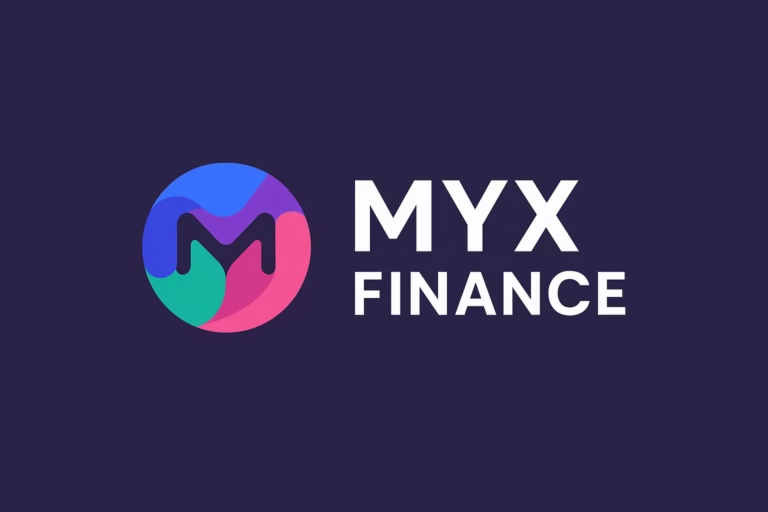
- Ethereum’s community has proposed a dynamic fee reform to support small developers and encourage the growth of decentralized applications, using a square root function to reduce fees as project funding increases.
- This proposal aims to revitalize the Ethereum ecosystem, boost network activity, and regain investor confidence amid rising competition from other blockchains like Solana.
As Ethereum faces economic challenges, the blockchain community has proposed an innovative approach aimed at revitalizing the network and supporting its growing application ecosystem. Two members of the community, Kevin Owocki and Devansh Mehta, unveiled a new fee reform that promises to create a more balanced and fair structure for developers and users alike.
A Dynamic Fee Structure for Ethereum’s Future
In an effort to address Ethereum’s current economic downturn, Owocki and Mehta introduced a proposal based on a dynamic fee system. The goal is simple: to incentivize small developers while ensuring fairness for users. The proposal uses a square root function to determine fees, which decrease as project funding increases. For example, a project with $170,000 in funding would incur a 7% fee, equaling $13,038. However, once funding surpasses $10 million, the fee would drop to just 1%.
This reform is designed to protect smaller developers from the high costs of building on Ethereum while encouraging larger projects to contribute to the network. By creating a more attractive environment for developers, the Ethereum network hopes to spur the growth of decentralized applications (dApps), thus boosting its ecosystem.
Competing with Rising Blockchains
The timing of this proposal is crucial. In 2024, the Solana blockchain surpassed Ethereum in terms of new developers, signaling a shift in the blockchain space. This, combined with a significant drop in Ethereum’s transaction fees—the lowest in five years—has raised concerns about Ethereum’s ability to retain its dominance in the crypto market.
With the recent downturn in decentralized finance (DeFi) activity and investor confidence waning, Ethereum faces increasing pressure to adapt. At the time of writing, ETH’s price hovers around $1,792, and institutional investors are reducing their exposure. If Ethereum is to maintain its competitive edge, the proposed fee reform could be its ticket to recovery.
A Turning Point for Ethereum’s Ecosystem
If the reform is implemented, it could have significant long-term benefits for Ethereum. Increased developer activity and the creation of more dApps would lead to a surge in network transactions, thereby increasing overall fees and boosting Ethereum’s economic health. As a result, the proposal could stimulate demand for ETH, which in turn could strengthen its market value and attract more investor interest.
Ethereum’s success depends on its ability to adapt to the changing blockchain landscape. The proposed fee reform could mark a turning point, offering a fairer and more sustainable model for developers, users, and investors alike. If successful, this strategy may not only revitalize Ethereum’s ecosystem but also help the blockchain regain its position at the forefront of the crypto world.
DISCLAIMER:
The views and opinions expressed herein are solely those of the author and do not necessarily reflect the views of the publisher. The publisher does not endorse or guarantee the accuracy of any information presented in this article. Readers are encouraged to conduct further research and consult additional sources before making any decisions based on the content provided.




